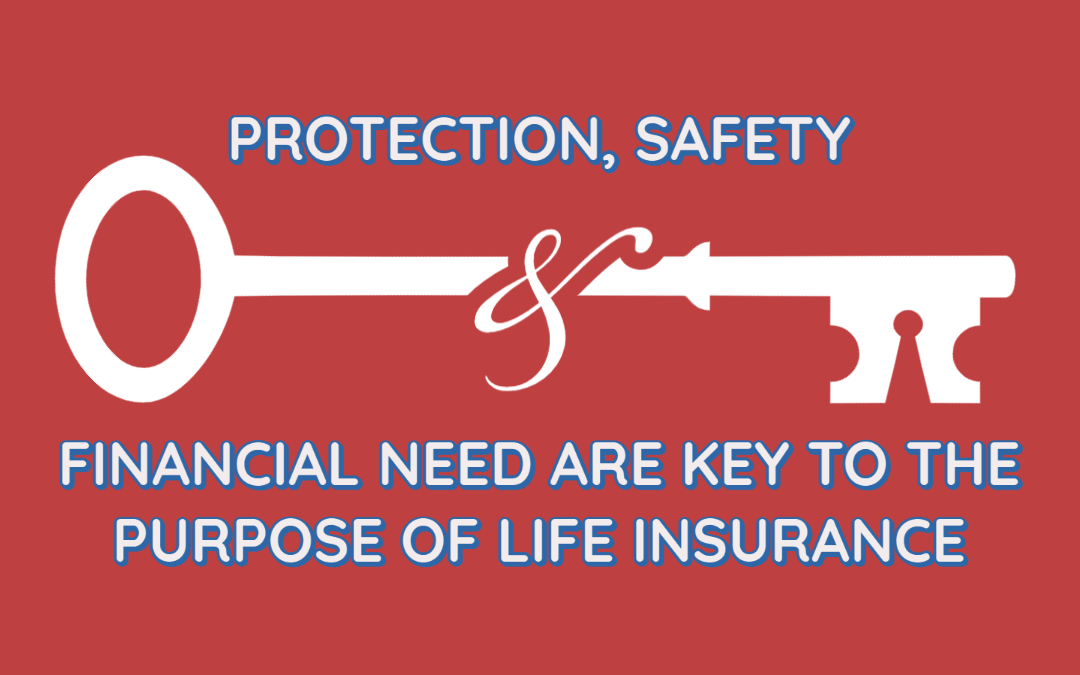What Does Pacific Prime Do?
What Does Pacific Prime Do?
Blog Article
The 4-Minute Rule for Pacific Prime
Table of ContentsRumored Buzz on Pacific Prime9 Simple Techniques For Pacific PrimeTop Guidelines Of Pacific PrimeThe Best Strategy To Use For Pacific PrimeNot known Factual Statements About Pacific Prime

This is because the information were accumulated for a period of solid financial efficiency. Of the approximated 42 million people that were without insurance, almost concerning 420,000 (about 1 percent) were under 65 years of age, the age at which most Americans come to be qualified for Medicare; 32 million were adults between ages 18 and 65, around 19 percent of all grownups in this age; and 10 million were youngsters under 18 years old, about 13.9 percent of all kids (Mills, 2000).
These price quotes of the number of persons without insurance are created from the yearly March Supplement to the Current Population Study (CPS), performed by the Census Bureau. Unless otherwise noted, nationwide price quotes of individuals without wellness insurance and proportions of the population with different type of coverage are based on the CPS, the most widely used source of quotes of insurance policy protection and uninsurance prices.
Getting My Pacific Prime To Work

Still, the CPS is especially beneficial because it produces yearly price quotes fairly promptly, reporting the previous year's insurance policy coverage estimates each September, and due to the fact that it is the basis for a regular collection of quotes for more than two decades, permitting evaluation of patterns in protection with time. For these factors, along with the considerable use of the CPS in other researches of insurance policy coverage that exist in this record, we depend on CPS estimates, with constraints noted.

The estimate of the variety of uninsured individuals expands when a populace's insurance coverage standing is tracked for a number of years. Over a three-year duration beginning early in 1993, 72 million individuals, 29 percent of the U.S. https://telegra.ph/Pacific-Prime-Your-Trusted-Source-for-International-Health-Insurance-04-02. population, lacked protection for at the very least one month. Within a solitary year (1994 ), 53 million individuals experienced a minimum of a month without coverage (Bennefield, 1998a)
6 out of every ten without insurance grownups are themselves employed. Working does boost the possibility that one and one's household members will certainly have insurance coverage, it is not a guarantee. Even participants of family members with 2 full time wage income earners have nearly a one-in-ten chance of being without insurance (9.1 percent uninsured price) (Hoffman and Pohl, 2000).
The Best Guide To Pacific Prime
New immigrants represent a substantial proportion of individuals without medical insurance. One analysis has connected a substantial portion of the recent growth in the dimension of the united state without insurance population to immigrants who showed up in the nation in between 1994 and 1998 (Camarota and Edwards, 2000). Current immigrants (those that came to the United States within the past four years) do have a high rate of being without insurance (46 percent), yet they and their youngsters account for just 6 percent of those without insurance nationally (Holahan et al., 2001).
The connection between health insurance policy and access to care is well established, as recorded later on in this phase. Although the relationship between health insurance and health results is neither direct nor easy, an extensive medical and health services research literary works web links wellness insurance policy coverage to enhanced access to care, better quality, and boosted individual and populace wellness standing.
Levels of evaluation for examining the results of uninsurance. It concentrates specifically on those without any kind of wellness insurance coverage for any type of size of time.
6 Easy Facts About Pacific Prime Shown
The troubles faced by the underinsured remain in some aspects comparable to those dealt with by the uninsured, although they are normally less extreme. expat insurance. Uninsurance and underinsurance, however, involve distinctly various plan concerns, and the methods for addressing them may differ. Throughout this research study and the 5 records to comply with, the main emphasis gets on persons with no medical insurance and hence no help in paying for health treatment past what is offered through charity and safeguard establishments
Health and wellness insurance policy is a powerful aspect affecting invoice of care due to the fact that both individuals and medical professionals reply to the out-of-pocket cost of services - https://www.blogtalkradio.com/pacificpr1me. Wellness insurance, nonetheless, is neither essential nor adequate to get to medical services. The independent and straight impact of health insurance policy protection on access to wellness solutions is well established.
Others will certainly go to website get the health and wellness care they require even without medical insurance, by paying for it expense or seeking it from service providers that provide treatment free or at very subsidized rates. For still others, medical insurance alone does not make certain receipt of care due to various other nonfinancial obstacles, such as an absence of healthcare service providers in their neighborhood, minimal access to transportation, illiteracy, or etymological and social differences.
Fascination About Pacific Prime
Formal research about uninsured populations in the United States dates to the late 1920s and early 1930s when the Committee on the Expense of Treatment generated a collection of records concerning funding medical professional workplace gos to and hospitalizations. This problem ended up being prominent as the numbers of medically indigent climbed during the Great Depression.
Report this page